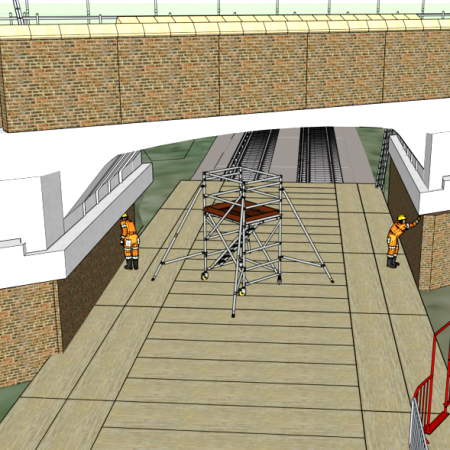How Digital Construction is Gradually Becoming a Reality
We all know the destination: a construction industry that is more innovative, more productive and more quality focused through using digital technologies. What has been less certain is the journey time and the exact route.
But the fog is gradually lifting and several recent initiatives bring the goal of digitally enabled construction that much closer.
BIM
The new ISO 19650 standard addresses many of the consistency and interoperability issues that have held back the implementation of BIM across the industry. The new standard is more robust than PAS 1192 and should help information sharing throughout the asset lifecycle and internationally.
In an ideal world, we’d be implementing the ISO standard as a refinement to a culture where PAS 1192 was already business as usual. But this isn’t where we are. The new standard, however, will make it simpler for smaller organisations to adopt BIM and to harmonise data sharing across customers, contractors and supply chains.
Innovation and Investment
Among the most exciting recent developments was the announcement of the Core Innovation Hub to support the implementation of new technologies into construction. The hub will be delivered by the Transforming Construction Alliance, a partnership between the Manufacturing Technology Centre, the University of Cambridge Centre for Digital Built Britain and the Building Research Establishment.
This welcome coordination of government policy and investment should make it easier for UK construction to do R&D and innovation offline from projects. This shifts the focus for innovation from individual project prototypes to transformational changes that have a greater impact across the industry. It also allows ideas to be tested in a controlled manner without the added pressure of project delivery.
As technologies evolve and become more economically viable for use in construction, initiatives like the Core Innovation Hub should speed up their application to real projects.
The pace of change is picking up. This year is likely to see significant progress with using Virtual and Augmented Reality to enhance building design, planning and safety. We will doubtless see greater use of robotics and offsite manufactured construction. This may also be the year where we see fatigue-reducing mechanical exoskeletons appear on sites.
It feels as though digital construction is finally becoming more mainstream and we look forward to the gains in productivity, quality and asset performance this will bring.

